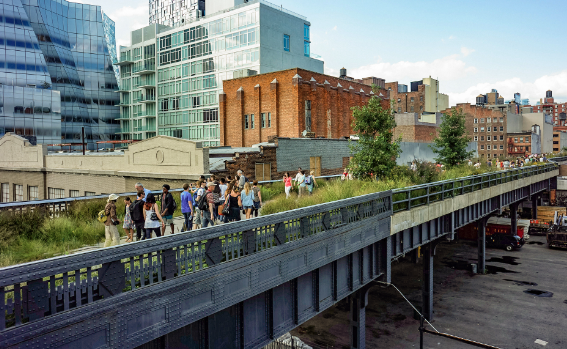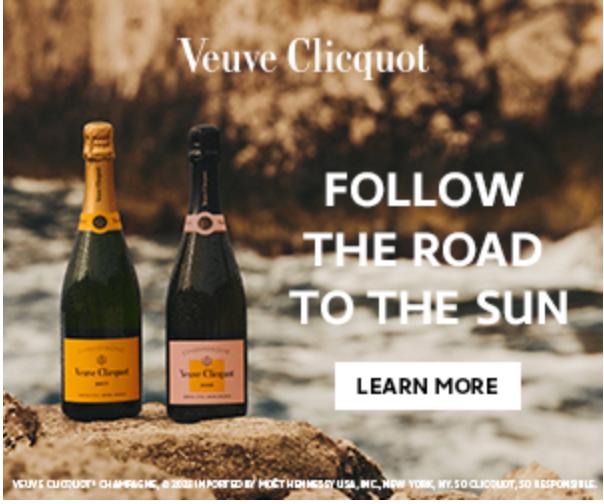NYC’s The High Line to Re-Open July 16 After Pandemic Closure
Visitors Can Secure Timed Entry Reservations Starting July 9
The High Line announced that the High Line will reopen to the public with limited capacity on July 16, 2020, after temporarily closing in March to help limit the spread of COVID-19.
The High Line, working with NYC Parks, also issued visitation protocols to ensure that visitors can maintain social distancing in full accordance with City guidelines.
‘‘We are happy to be able to reopen the High Line and we invite our neighbors and fellow New Yorkers across the City to reconnect with the High Line and each other in a new way,’’
said Robert Hammond, Co-Founder and Executive Director of the High Line.
‘‘Throughout the pandemic, we have really seen how important parks and public spaces are to our physical, emotional, and spiritual wellbeing. As New York City and our immediate neighborhoods continue to reopen and recover, we hope the High Line will bring comfort and happiness to all who are able to visit. Finally, while you are here, please remember to wear your face coverings.’’
Beginning July 16, 2020:
- The High Line will be open seven days a week, from 12:00 p.m. — 8:00 p.m. each day.
- Visitors enter the High Line at Gansevoort Street. Foot traffic inside the park will flow north, in one direction, to 23rd Street.
- Staircases at 14th, 16th, 20th, and 23rd Streets will be exit-only, as will the elevators at 14th and 23rd Streets, except for people with mobility access needs.
In addition, to ensure visitors are able to stay at least six feet apart while on the High Line, a limited number of people will be permitted to be in the park at one time.
In order to minimize wait times and discourage groups from gathering at the entrance, timed-entry reservations can be made in advance at thehighline.org/welcome.
Reservations can be secured beginning Thursday, July 9 at 10:00 a.m.
A limited number of walk-up passes will be available at the entrance each day. For more information about timed entry visit thehighline.org.
“The High Line team has been hard at work to create a system to welcome you safely, with reduced capacity to make social distancing possible,”
said NYC Parks Commissioner Mitchell J. Silver, FAICP.
“The park’s reopening will be a great moment for New York City, showcasing our resiliency and our commitment to safely welcoming residents, workers, and visitors to parks and open spaces across the five boroughs.”
Bathrooms and water fountains will remain accessible and maintained with enhanced cleaning. Food vendors and the High Line Shop will be closed, and the water feature at the Diller – von Furstenberg Sundeck will not run.
All visitors are encouraged to follow the City’s COVID-19 guidelines. An announcement will be made in the coming weeks about plans to open the High Line north of 23rd Street.
SUPPORT
Special thanks to TD Bank, our Presenting Green Sponsor, for their support of the High Line’s reopening.
ABOUT THE HIGH LINE
The High Line is both a nonprofit organization and a public park on the West Side of Manhattan. Through our work with communities on and off the High Line, we’re devoted to reimagining public spaces to create connected, healthy neighborhoods and cities.
Built on a historic, elevated rail line, the High Line was always intended to be more than a park. You can walk through the gardens, view art, experience a performance, enjoy food or beverage, or connect with friends and neighbors—–all while enjoying a unique perspective of New York City. Nearly 100% of our annual budget comes through donations.
The High Line is owned by the City of New York and we operate under a license agreement with NYC Parks.



